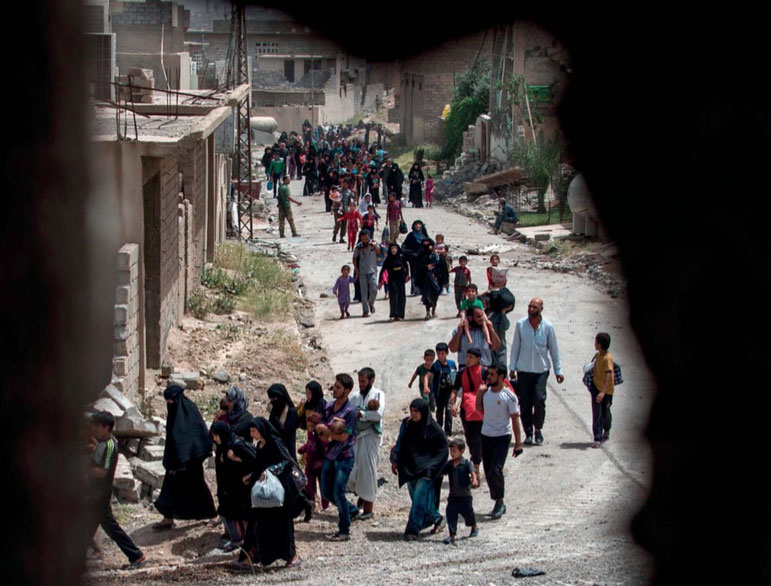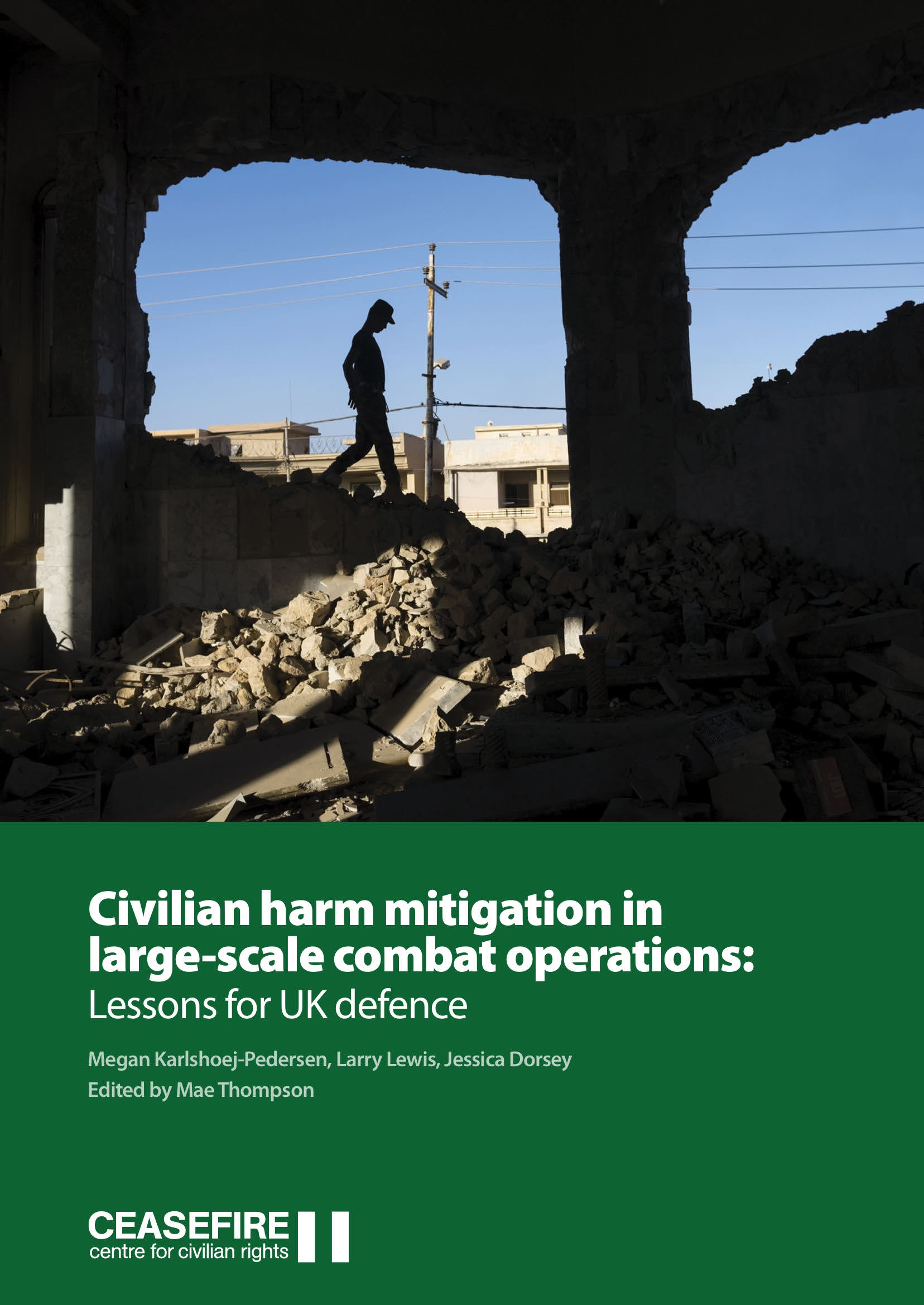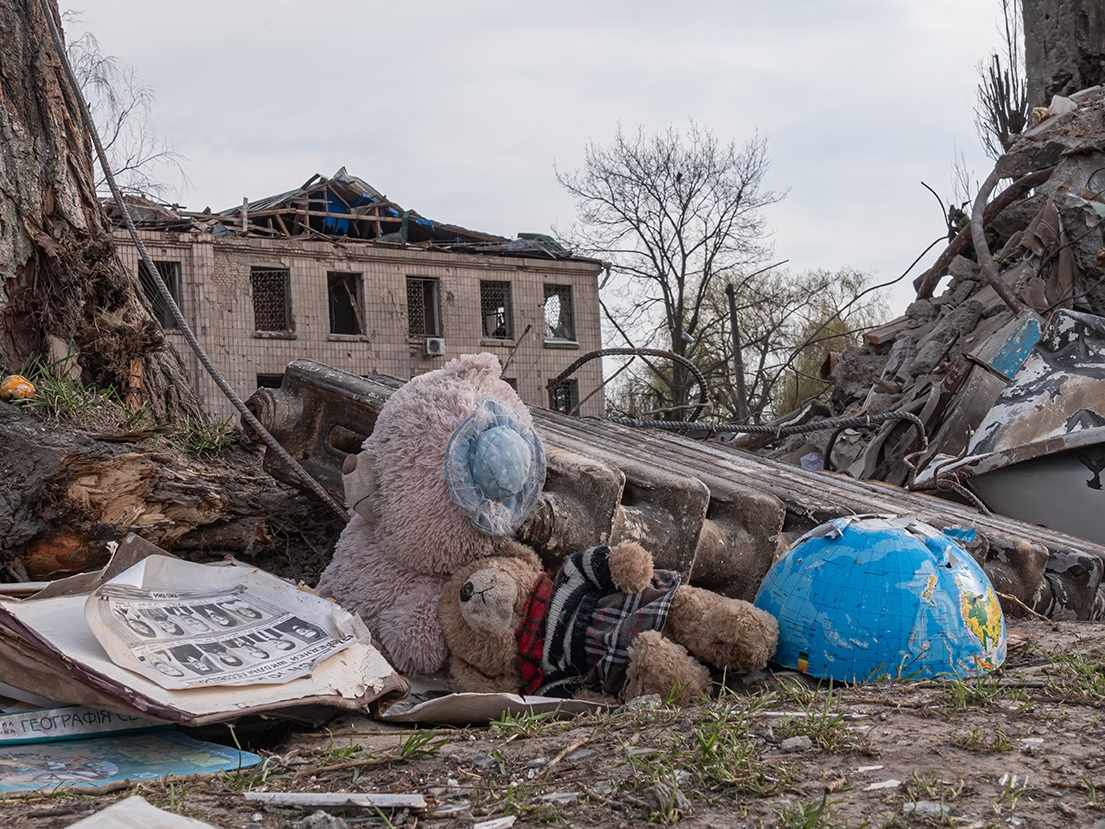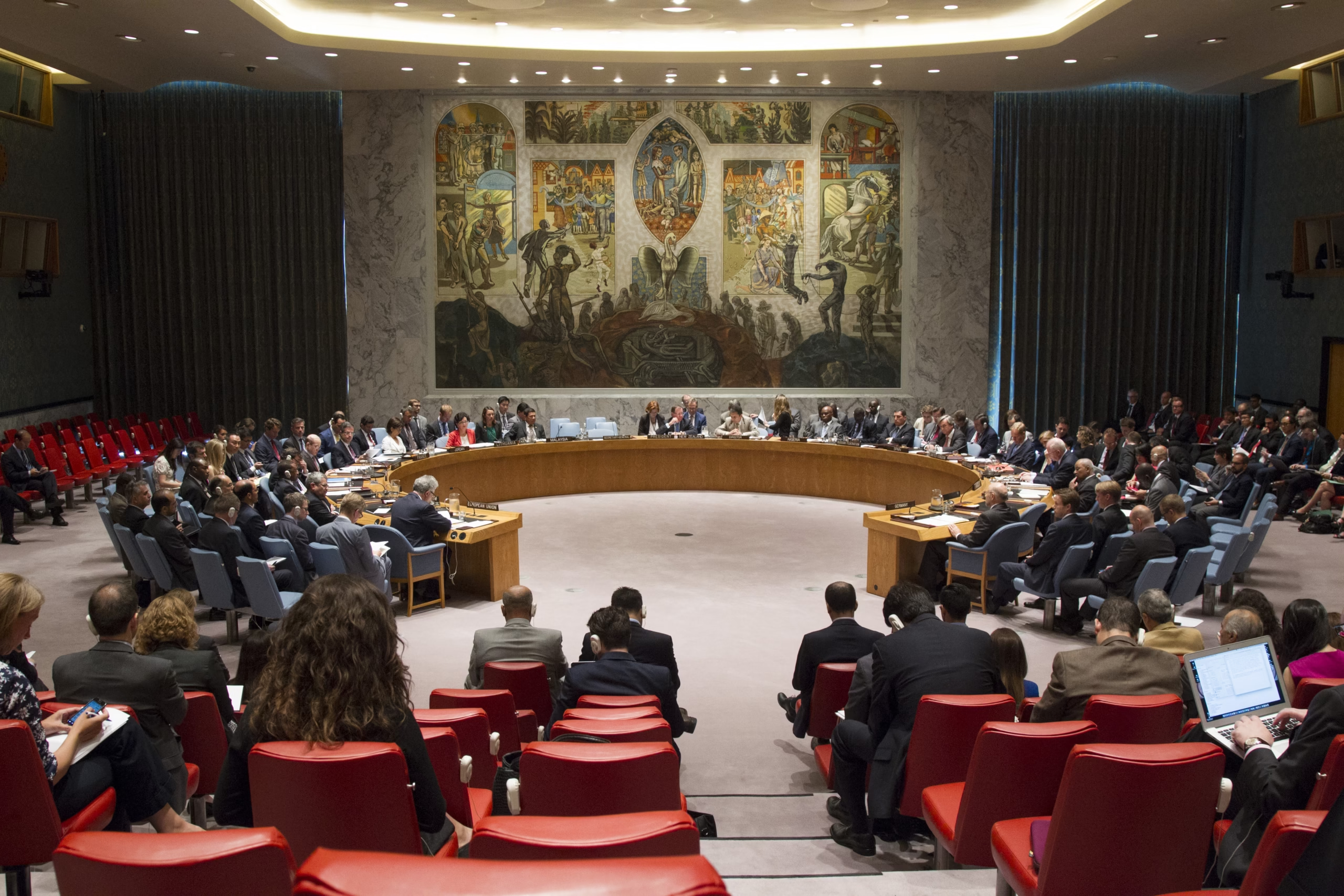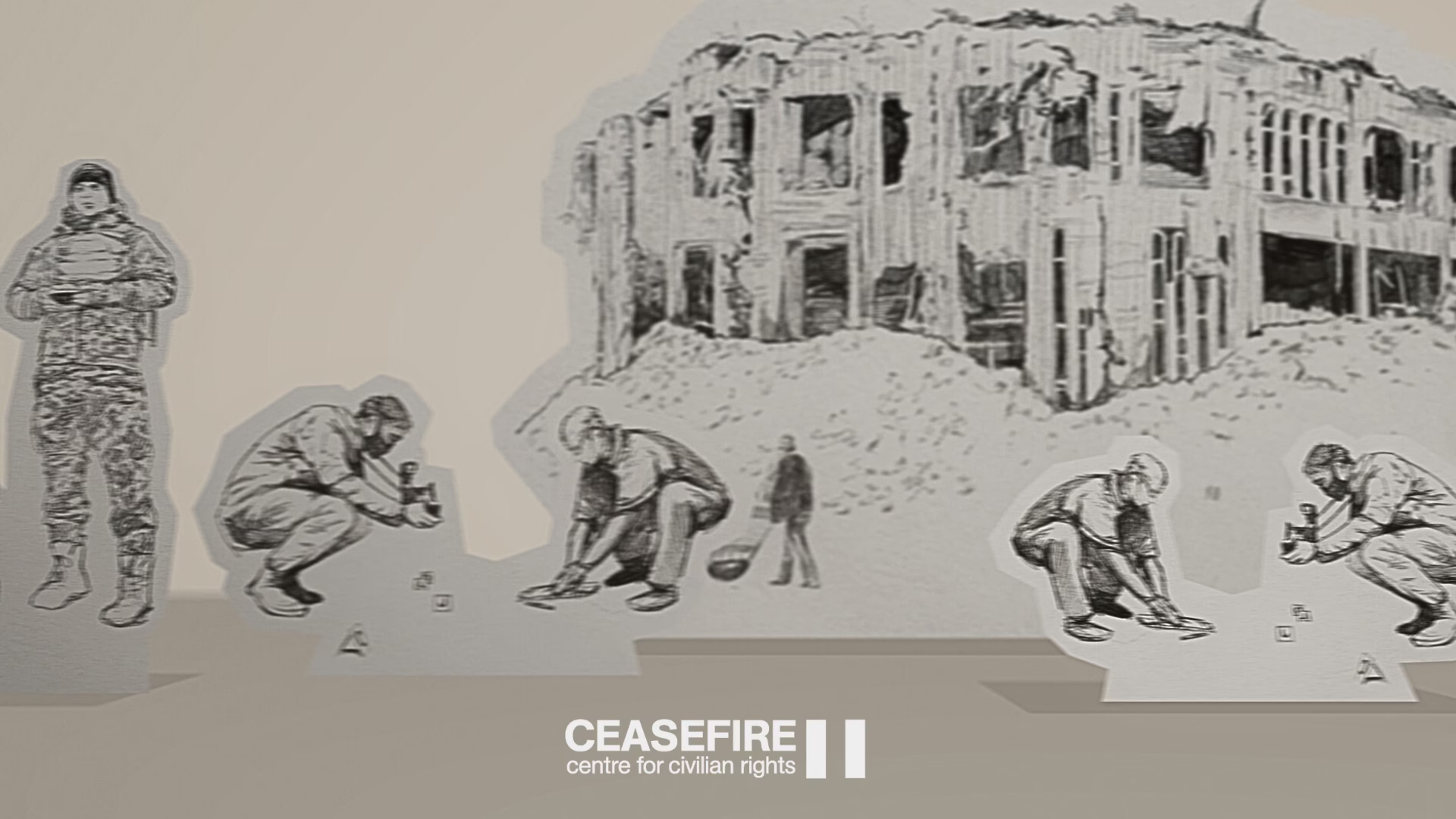July 2017
Technological advances have meant that civilians are now enabled to play a greater role than ever before in monitoring and documenting violations, finds a new report Eyes on the Ground: Realizing the potential of civilian-led monitoring in armed conflict.
As UN rapporteurs and other official international monitors are effectively denied access to a wide range of insecure territories around the world, civilian monitors have become a complementary, and in some cases the principal, source of information on what is happening on the ground to civilian populations.
July 2017
Technological advances have meant that civilians are now enabled to play a greater role than ever before in monitoring and documenting violations, finds a new report Eyes on the Ground: Realizing the potential of civilian-led monitoring in armed conflict.
As UN rapporteurs and other official international monitors are effectively denied access to a wide range of insecure territories around the world, civilian monitors have become a complementary, and in some cases the principal, source of information on what is happening on the ground to civilian populations.
The recommendations of the report on the strengthening of civilian-led monitoring draw on an expert seminar that took place in Geneva in June 2017, bringing together NGO leaders pioneering civilian-led monitoring in Syria, Iraq, Yemen and other armed conflicts with senior representatives from the UN Office of the High Commissioner for Human Rights, the International Committee of the Red Cross, the International Humanitarian Fact-Finding Commission, Geneva Call, the Institute for International Humanitarian Law, academic and civil society experts and governments with an interest in promoting the implementation of international humanitarian law. As one of the experts commented: ‘The world doesn’t change with more information – but it just might, with good information.’
Civilian-led monitoring has developed on the back of:
- The huge expansion in popular access to mobile telephony and digital communications;
- The development of crowd-sourcing, digital mapping and crowd verification techniques, including through the use of open-source programmes;
- Increased public awareness of human rights standards and IHL standards;
- Advances in data-mining and news curation using increasingly sophisticated artificial intelligence;
- New opportunities for civil society organisation and activism created through social media;
- Growing receptiveness of UN, inter-governmental and governmental bodies to information produced by civil society.
The increase in both the quantity and quality of data from civilian sources is also a response to the demand for real-time information and for in-situ monitoring. Traditional human rights and IHL monitoring mechanisms, including investigative rapporteurs and fact-finding missions, remain important but are subject to long time delays, frequent controversy over mandates, and concerns over selective reporting.
Drawing on the experience of a major pilot of civilian-led monitoring in Iraq, this report discusses significant challenges for civilian-led monitoring, including quality control, verification, security of activists and victims, and ethical questions raised by interviewing and documentation undertaken by unqualified activists. The challenges of verifying and authenticating information posted online are exacerbated during armed conflict where the deliberate spread of misinformation has a long history. This report discusses different approaches and techniques to verifying civilian-led monitoring information, including building on the experience developed by large media organizations for assessing user-generated content.
To support the effective deployment and expansion of civilian-led monitoring, this report recommends:
- Appropriate training and capacity-building for civil-society organizations and activists on the ground in conflict-affected environments, including training on monitoring and documentation techniques, IHL and human rights standards, and cyber security;
- Development of standardised reporting formats and related technical support in partnership with local civil society or civilian populations, to reflect the linguistic, technological and security situation on the ground;
- Strengthened protection mechanisms for civilian monitors and other human rights defenders, including improved cyber security infrastructure;
- Ensuring civilian rights to participate fully in civilian protection, peace-building and transitional justice processes.
